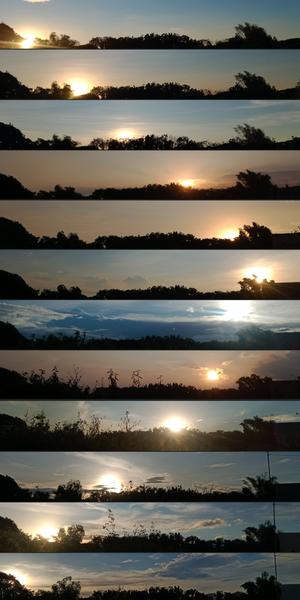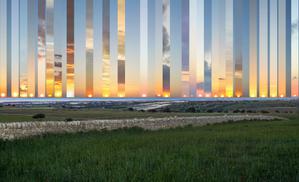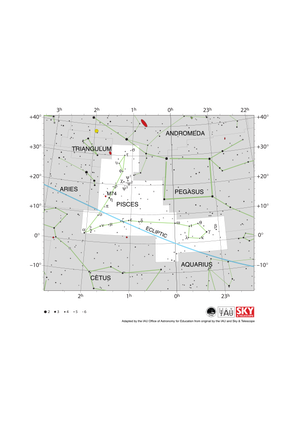Glossary term: Equinoxe
Description: L'équinoxe est le moment de l'année où le Soleil, dans son parcours le long de l'écliptique, traverse l'équateur céleste. Le mot est dérivé du latin aequinoctium avec aequus (égal) et nox, noctis (nuit). Le jour de l'équinoxe, les durées du jour et de la nuit sont à peu près égales sur toute la planète, et non pas seulement près de l'équateur. Pour un observateur terrestre, au cours de cette journée, le Soleil se lève presque exactement à l'Est, se déplace le long de l'équateur céleste et se couche presque exactement à l'Ouest. Il y a deux équinoxes par an, l'un autour du 20 mars et l'autre autour du 23 septembre. Lorsque l'équinoxe a lieu en mars, il indique le passage apparent du Soleil de l'hémisphère Sud vers le hémisphère Nord ; lors de l'équinoxe de septembre, le passage apparent du Soleil se fait du Nord au le Sud.
Related Terms:
See this term in other languages
Term and definition status: The original definition of this term in English have been approved by a research astronomer and a teacher The translation of this term and its definition is still awaiting approval
The OAE Multilingual Glossary is a project of the IAU Office of Astronomy for Education (OAE) in collaboration with the IAU Office of Astronomy Outreach (OAO). The terms and definitions were chosen, written and reviewed by a collective effort from the OAE, the OAE Centers and Nodes, the OAE National Astronomy Education Coordinators (NAECs) and other volunteers. You can find a full list of credits here. All glossary terms and their definitions are released under a Creative Commons CC BY-4.0 license and should be credited to "IAU OAE".
If you notice a factual or translation error in this glossary term or definition then please get in touch.
Related Media
Où le Soleil se couche chaque mois
Credit: John Paul Pile/UAI OAE (CC BY 4.0)
License: CC-BY-4.0 Creative Commons Attribution 4.0 International (CC BY 4.0) icons
The Path of the Sun
Credit: Frank Niessen/IAU OAE (CC BY 4.0)
License: CC-BY-4.0 Creative Commons Attribution 4.0 International (CC BY 4.0) icons
Solstices and Equinox
Credit: Tunç Tezel/IAU OAE (CC BY 4.0)
License: CC-BY-4.0 Creative Commons Attribution 4.0 International (CC BY 4.0) icons
Occasive Amplitude
Credit: Marcella Giulia Pace/IAU OAE (CC BY 4.0)
License: CC-BY-4.0 Creative Commons Attribution 4.0 International (CC BY 4.0) icons
Related Diagrams
Pisces Constellation Map
Credit: Adapted by the IAU Office of Astronomy for Education from the original by IAU/Sky & Telescope
License: CC-BY-4.0 Creative Commons Attribution 4.0 International (CC BY 4.0) icons













